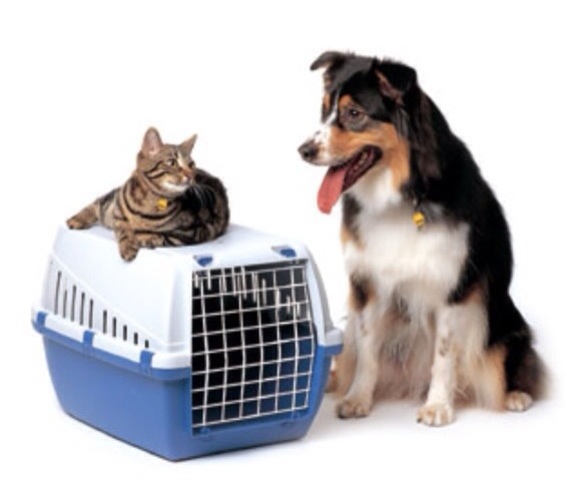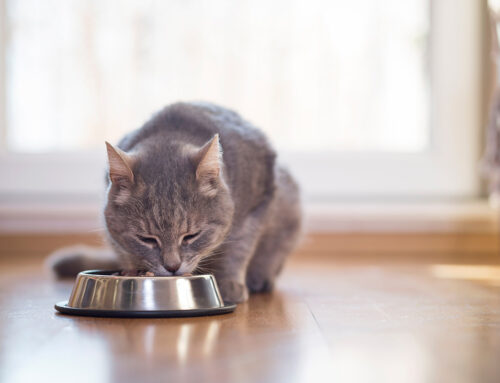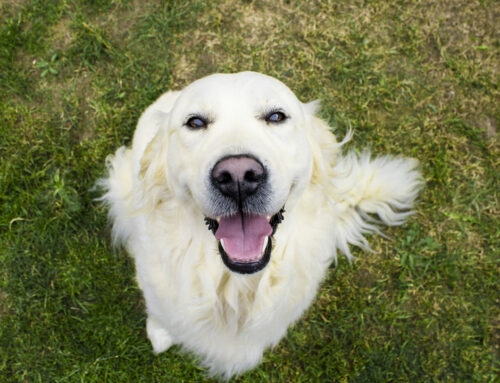Before you go
Ask yourself: will my cat or dog be comfortable and happy on a trip? Some animals simply prefer to stay at home and a ‘homesick’, possibly motion-sick pet will ruin everyone’s trip. In such a case it’s probably wiser to leave your pet with a friend, relative or hire a ‘petsitter’. If that is not possible, you might consider boarding him at your veterinary clinic or a clean, well-run kennel or cattery.
Plan ahead
If you do decide to take your pet along, you must take as much care with the preparation of your pet’s trip as your own. If you plan to travel by plane, bus, train or boat, find out if your pet will be welcome and what kind of reservations and transport arrangements must be made. If you’ll be staying at hotels, motels or campgrounds, you must check if animals are allowed or if kennel facilities are available. If you’re staying with friends or family, make sure your pet is also invited.
Travelling by plane
Consult the following websites well in advance if travelling abroad:
From Republic of Ireland www.agriculture.gov.ie/pets, from Northern Ireland www.defra.gov.uk/wildlife-pets/pets/travel/pets
Contact the airline you wish to fly well in advance – each has its own regulations and reservations for your pet will be necessary.
Be sure to ask about the airline’s rules for pet crates or carriers.
Try to book a direct flight or one with a minimum of stops.
The airline may allow your pet in the passenger cabin if your crate or carrier can fit under the seat in front of you. If your pet must travel in the cargo hold, be at the airport early, place him in his travel crate yourself and pick him up promptly when you land.
Travelling by car
If your pet is not used to being in a car, take him for a few short rides before your trip. Your cat will probably be safer and more comfortable in a carrier.
Pets should NEVER be allowed to put their heads outside the window when riding in a car. Dirt particles can cause injury or infections and cold air taken into the lungs can lead to illness.
If you’re taking a long drive plan ‘snacks’, exercise and rest stops about every two hours.
Give the main meal at the end of the day. Dry food is more convenient but if your pet needs canned food, dispose of any unused portions if they cannot be refrigerated.
It is not recommended to leave your dog or cat in a parked car for a prolonged period of time. If you must leave your pet in a parked car, lock all doors and open windows enough to provide good ventilation, without allowing him enough room to jump out or get his head caught. Remember, on hot days, the temperature in a parked car can rise to dangerous levels in just minutes and your pet could die of heat stroke.
Travelling by bus, train or boat
Not all inter-city or inter-provincial bus lines allow you to travel with your pet, so phone ahead for information.
VIA Rail does not permit pets to travel in passenger cars but they may travel in cages as checked luggage.
Some cruise ships do welcome pets. Check with the cruise line or ask your travel agent.
Wherever you go
Ensure your pet ALWAYS wears a collar with complete identification and a microchip tag.
Pack his favourite food, toys, dishes, cool water and a leash.
Have your pet examined and vaccinated, if necessary, by your veterinarian before a long trip.
If your pet must travel in a crate or carrier, make sure it is strong, large enough for him to stand up and turn around, has a place for food and water, is well ventilated, has a leak-proof bottom and closes securely.
If you are planning a trip abroad with your pet, contact the consulate or embassy of your destination or ask your veterinarian for advice as health and vaccination regulations vary greatly.
View more helpful information via the link below
My Vet Online @ Flynn Veterinary Centres







